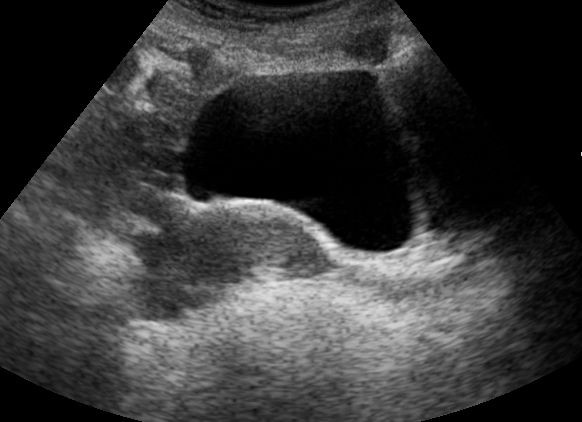Golden Ratio of a Woman's Uterus Is Linked With Her Fertility

Mathematicians – and anyone who has taken an advanced math course in high school – should be familiar with Fibonacci's sequence. The sequence starts with 0, and then 1, and then from there, adds the previous two numbers to make the next one. The sequence continues: 1, 2, 3, 5, 8, 13, and so forth. From there, devotees created the Golden Ratio: 1.618: any number in the sequence differs from the previous one by about 1.618. (The difference is a bit imperfect, of course as 3 divided by 2 is 1.5.)
Aficionados have come to the conclusion that the Golden Ratio also applies to make things aesthetically pleasing. For example, rectangles that are seen as the most visually pleasing tend to have ratios of 1.618. Faces that are the most attractive have a ratio of about 1.618. Even for people who are unattractive, the distance between your first and second knuckle, and the second and third knuckle have a ratio of about 1.618.
Apparently, the Golden Ratio also holds true inside the body. Gynecologists are able to tell whether a uterus looks normal or not based on its dimensions.
One doctor interviewed by The Guardian, Dr. Jasper Verguts at the University Hospital Leuven in Belgium, has seen and measured about 5,000 uteruses a year with the use of an ultrasound, and has collected data on them to make a convenient chart for himself. For newborn girls, the uterus ratio is about 2, and shrinks to 1.46 during old age. But, at the most fertile time in a woman's life, which Dr. Verguts describes as the ages between 16 and 20, the uterus's ratio is about 1.6 – which is approximately the Golden Ratio.
Dr. Verguts was quite pleased by the finding. Apparently, it is the first recorded time that the ratio has been studied in relation to the uterus.



























